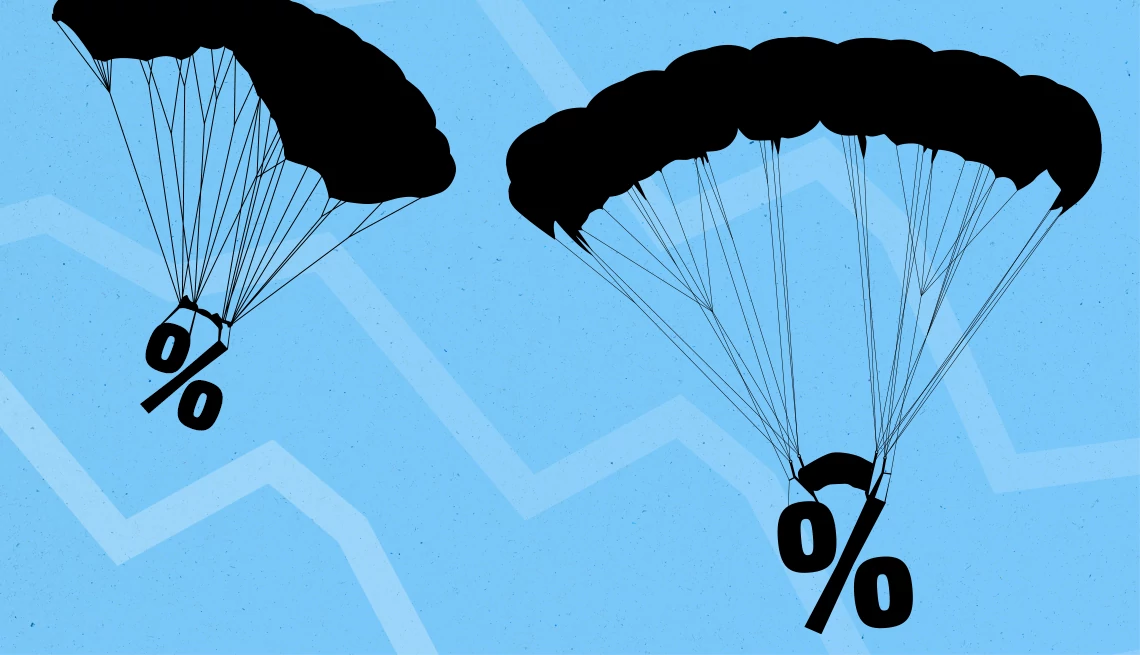AARP Hearing Center


First, the good news: The personal consumption expenditures (PCE) price index — the Federal Reserve's primary inflation gauge — slid to a 12-month rate of 2.1 percent in September, the lowest level since February 2021. That brings this key benchmark closer to the Fed's 2 percent inflation target.
But not everything is rosy for consumers.
The Consumer Price Index (CPI) still rose 2.4 percent in the 12 months through September, with some product categories seeing double-digit price jumps. Here’s what consumers need to know about prices, mortgage rates and three other key economic barometers.
Prices are still high
Despite the slowing inflation rate, consumer prices continue to go up for a number of expenses.
“This is a big complaint among consumers. They hear that inflation is coming down, but they don’t feel it in their daily lives,” says Ted Rossman, a senior industry analyst at Bankrate.
“Lower inflation of course means that prices are still growing,” he says. “They’re just growing more slowly."
Some grocery staples, however, are seeing prices skyrocket. For example, egg prices soared 39.6 percent between September 2023 and September 2024.



































































More From AARP
5 Things Getting Cheaper in 2024
You won’t feel much relief, but there are some categories where prices are coming down a little bit14 Food Stores That Give Discounts to Seniors
Here’s one way to save on food pricesBattle of the Warehouse Clubs: Costco vs. Sam’s Club vs. BJ’s
What members get — and don’t get — for the money
Recommended for You